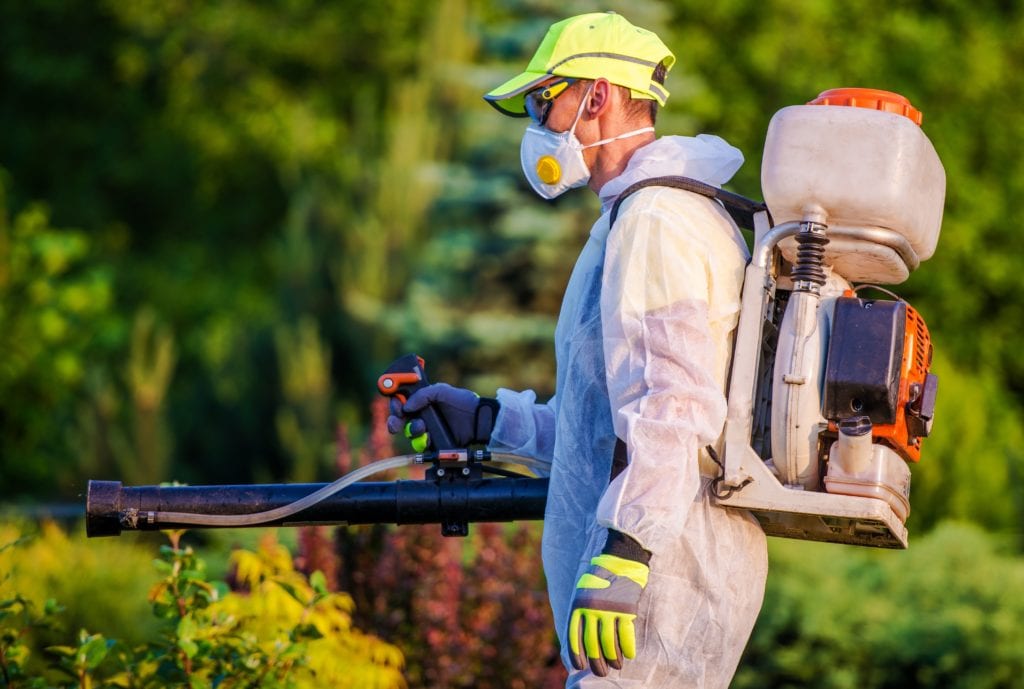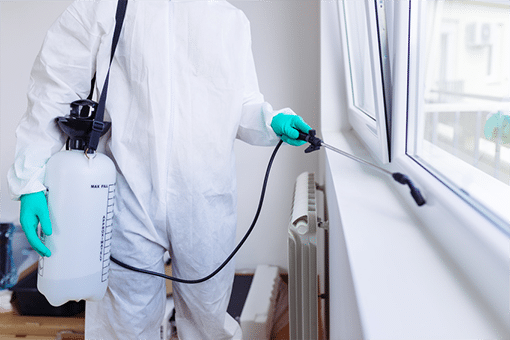Exterminator DC: Your Remedy for Pest-Free Staying In Washington DC!
Exterminator DC: Your Remedy for Pest-Free Staying In Washington DC!
Blog Article
Specialist Insect Control Techniques for Long-Term Outcomes
In the realm of pest control, accomplishing continual effectiveness and lasting results calls for a precise strategy that transcends plain elimination. Professional bug control techniques encapsulate a comprehensive approach that begins with a comprehensive assessment and assessment, followed by accurate bug identification to recognize their habits patterns. The implementation of Integrated Bug Monitoring (IPM) principles, combined with eco-conscious treatments, develops the cornerstone of lasting insect elimination. However, the true examination hinges on the ongoing monitoring and upkeep of the treated locations, making sure a pest-free setting for the foreseeable future. By delving into the ins and outs of these techniques, a deeper understanding of expert parasite control methods for enduring results emerges.
Assessment and Analysis
Upon going into a home for insect control services, the first action is a thorough inspection and evaluation to determine the extent of the problem and establish one of the most reliable treatment plan. Specialist bug control service technicians are educated to thoroughly check out the properties, trying to find signs of parasite task such as droppings, nibble marks, nests, or any structural damage. They will certainly also analyze the conditions that may be bring in insects, such as food resources, water leakages, or entry factors.

Bug Recognition and Behavior

Moreover, recognizing the actions of the recognized bug is crucial to executing effective control measures. For example, recognizing where bugs nest, what they prey on, and their task patterns can aid pest control experts create techniques to eradicate them successfully. Some pests might be nocturnal, while others are extra active throughout the day. This knowledge enables the application of treatments at ideal times for maximum efficiency.
Integrated Insect Monitoring (IPM)
Integrated Insect Monitoring (IPM) techniques integrate numerous techniques to regulate and prevent bug infestations in a sustainable and eco friendly way. pest control. By incorporating techniques such as organic control, environment manipulation, modification of social techniques, and making use of resistant go to this site ranges, IPM aims to decrease the use of chemical pesticides
One of the crucial principles of IPM is the focus on avoidance. This proactive method includes tracking pest populations regularly to discover any kind of potential issues prior to they rise. By identifying pest problems at an early stage, pest control steps can be executed quickly and successfully.
Moreover, IPM promotes using non-toxic pest control methods whenever possible. This can consist of using all-natural predators of the bugs, introducing valuable pests, or making use of scents to interrupt mating patterns. By decreasing reliance on chemical pesticides, IPM not just shields the setting yet additionally aids keep an equilibrium in the ecosystem.
Environmentally-Friendly Treatments
Carrying out eco-conscious techniques in parasite control procedures can efficiently address problems while prioritizing ecological sustainability. Environmentally-friendly therapies concentrate on decreasing the effect of parasite control methods on ecosystems, non-target organisms, and human wellness.
One more trick aspect of environmentally-friendly treatments is making use of organic and eco-friendly products that break down promptly without leaving damaging deposits in the atmosphere. Botanical insecticides derived from plants like chrysanthemums or important link neem use reliable insect control while presenting marginal risk to non-target types. In addition, employing techniques like heat treatments or pheromone catches can target particular pests with accuracy, minimizing the general environmental impact of parasite control techniques.
Recurring Tracking and Upkeep
Routine evaluations by trained specialists are required to recognize any kind of indicators of insect task, assess the effectiveness of previous therapies, and make fire ant control adjustments to the parasite control plan as required. By checking insect populations over time, parasite control professionals can track fads, expect possible problems, and apply preventive procedures to minimize the risk of future invasions.
In addition to tracking, upkeep techniques are essential for long-lasting parasite control success. This consists of executing appropriate cleanliness procedures to remove possible food and water resources for parasites, sealing off entry points to avoid bugs from going into the facilities, and resolving any kind of architectural concerns that could facilitate pest infestations (Pest control Washington DC). By including continuous tracking and maintenance into an incorporated parasite management strategy, organizations can make certain a pest-free environment and safeguard their residential property versus expensive damages and health and wellness threats
Conclusion
To conclude, utilizing professional parasite control strategies such as detailed inspection and assessment, accurate insect recognition and understanding of their actions, incorporated bug administration techniques, environmentally-friendly therapies, and recurring tracking and maintenance are vital for achieving long-lasting lead to parasite control. By carrying out these methods, individuals can properly handle insect infestations and maintain a pest-free atmosphere in a lasting fashion.
Report this page